For the last few days, images of people sleeping at railway stations, dying while trying to cross rivers across Europe have grabbed headlines. Reports state that over 350,000 migrants are moving from the Middle East and Africa, putting unprecedented pressure on European Union countries such as Germany, Hungary, Italy, etc.
For those who are unaware of the migrant crisis the EU is facing and wondering just what the fuss is all about, here’s an explanation of what’s going on.
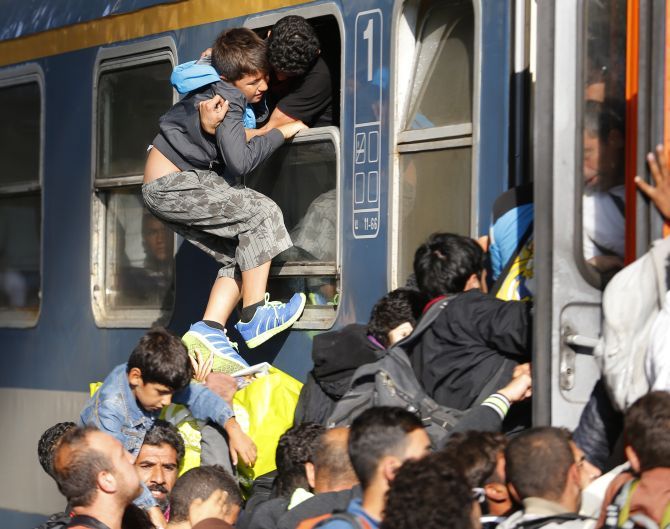
1) Why are people on the move and just what is forcing them to leave their homes?
Thousands of Syrians are trying to flee their country’s brutal civil war. According to the United Nations High Commissioner for Refugees, around 60 million Syrians have fled home and trying to find a safe haven in Europe. Afghans and Eritreans come next. They are often also fleeing poverty and human rights abuses.
People from Nigeria and Kosovo also make up large groups. Poor, marginalised Roma account for many of the migrants from Kosovo.
2) How many people have moved and where are they trying to seek refuge?
More than 350,000 migrants were detected at the EU’s borders in January-August 2015, compared with 280,000 detections for the whole of 2014.
That 350,000 figure -- an estimate from the International Organisation for Migration -- does not include the many who got in undetected.
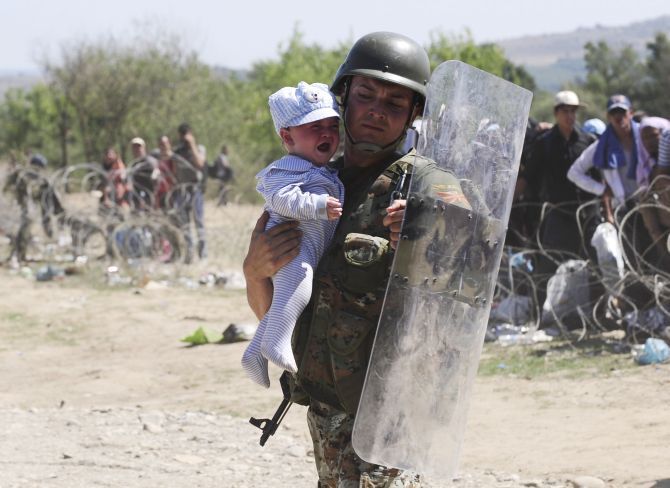
The conflicts raging in Syria and Afghanistan, and abuses in Eritrea, are major drivers of the migration.
More than 2,600 migrants have drowned in the Mediterranean this year, trying to reach Greece or Italy, the IOM says.
Many attempt the perilous Western Balkans route, hoping to reach Germany and other northern EU countries. They run the gauntlet of brutal people traffickers and robbers.
3) What happens to the migrants when they reach Europe?
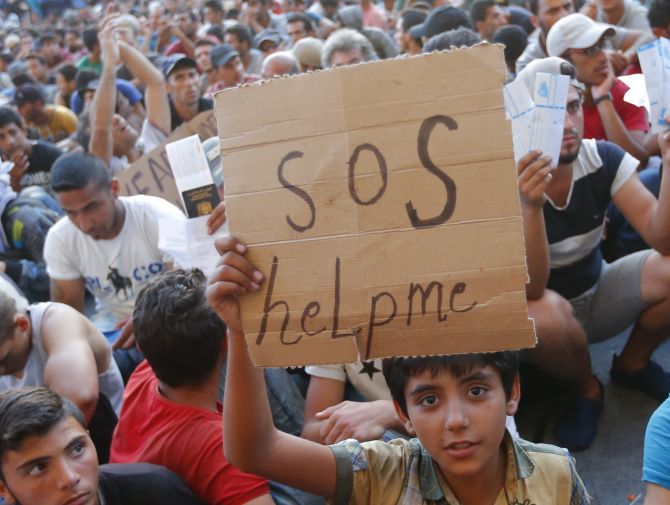
Most EU countries are part of the Schengen Area, the virtually borderless land mass that is home to 400 million and was created by a 1985 treaty named for the village in Luxembourg where it was signed. The free-movement zone includes 22 EU states plus Iceland, Liechtenstein, Norway and Switzerland. The Schengen treaty was supplemented in 1990 with the Dublin Rules, which require those seeking asylum to register in the country where they first cross into Schengen territory and are then free to travel within it.
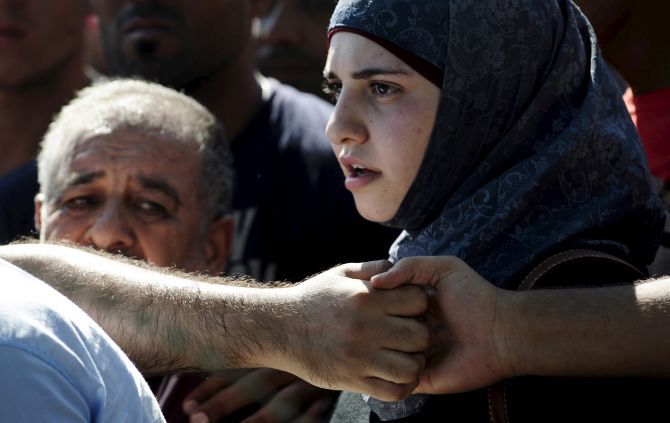
However, the countries of the alliance have never agreed on what foreign conflicts qualify fleeing citizens for EU asylum. Nor has there been a common policy developed on what conditions should be created for those appealing for refuge. That has led to the migration free-for-all currently afflicting Europe. Many of the migrants arriving in Greece and Italy decline to make their asylum requests in countries that herd the arrivals in squalid camps and offer little prospect of being permitted to settle and find work. Instead, they try to make their way to Germany, Austria or Scandinavia, where the vast majority of war refugees receive good care.
4) Which countries are most responsive to the migrants’ plight?
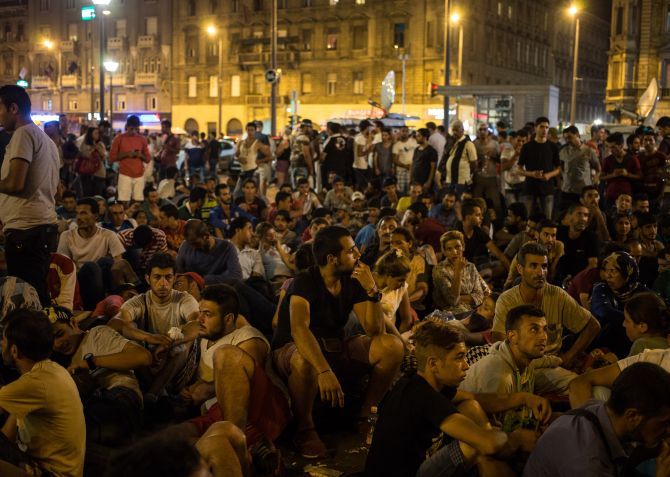
Germany, Europe’s largest state has taken the lead in welcoming migrants. Nearly 550,000 have flooded reception centers and Germany expects another 800,000 by the year’s end.
Other countries such as Hungary and Czech Republic are being flooded with migrants. However, these countries are complaining that they can’t handle the influx and offer the benefits that Germany can offer.
Sweden has welcomed 230,000 migrants adding more than 2 per cent to its population.











 © 2025
© 2025